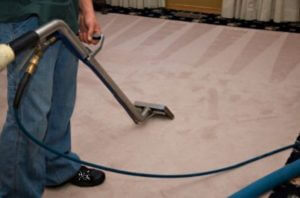Dust is everywhere making it easy to ignore until it starts to build up and become visible. Believe it or not, much of the makeup of dust is dead skin cells but some of it can also be toxic chemicals. Lead and pesticides have been found in dust, and when disturbed, these pollutants are put into the air allowing them to be breathed in. The three risks from breathing in dust is asthma, allergies, and dermatitis.
Asthma: Bacteria from by-products found in dust can trigger an asthma attack.
Allergies: Many people are allergic to dust and too much in the air can trigger these allergies to start. Symptoms such as itchy and watery eyes, sneezing and a runny or stuffy nose can occur.
Dermatitis: Inhaling dust can cause skin rashes such as eczema. In homes, young children can also get atopic dermatitis if they have been crawling on rugs with dust inside the fibers.
It is impossible to have a completely dust free home or office, but to reduce the amount of dust you can limit the amount of carpet in an area or perform thorough cleaning. Carpets are a breeding ground for dust and require more cleaning to prevent the amount of dust. Air purifiers reduce the number of airborne particles which will also reduce the amount of dust. When dusting remember to use products that will pick up and trap dust instead of just moving it around.
Having a dust free office or home will help reduce the chance of the people in the facility getting sick. At C.M. Cleaning we use ProTeam backpack vacuums with HePa Filters to trap dust. These vacuums conveniently trap the dust while cleaning inside the filters instead of releasing it from the carpet and allowing it to go airborne. This allows the air to stay cleaner, and for nobody to be breathing in unhealthy air.
We also use yellow dust cloths that we wrap the feather dusters in so when we dust the particles do not go airborne. These yellow dust cloths grab and pick up more particles to reduce the amount of dust left behind.




